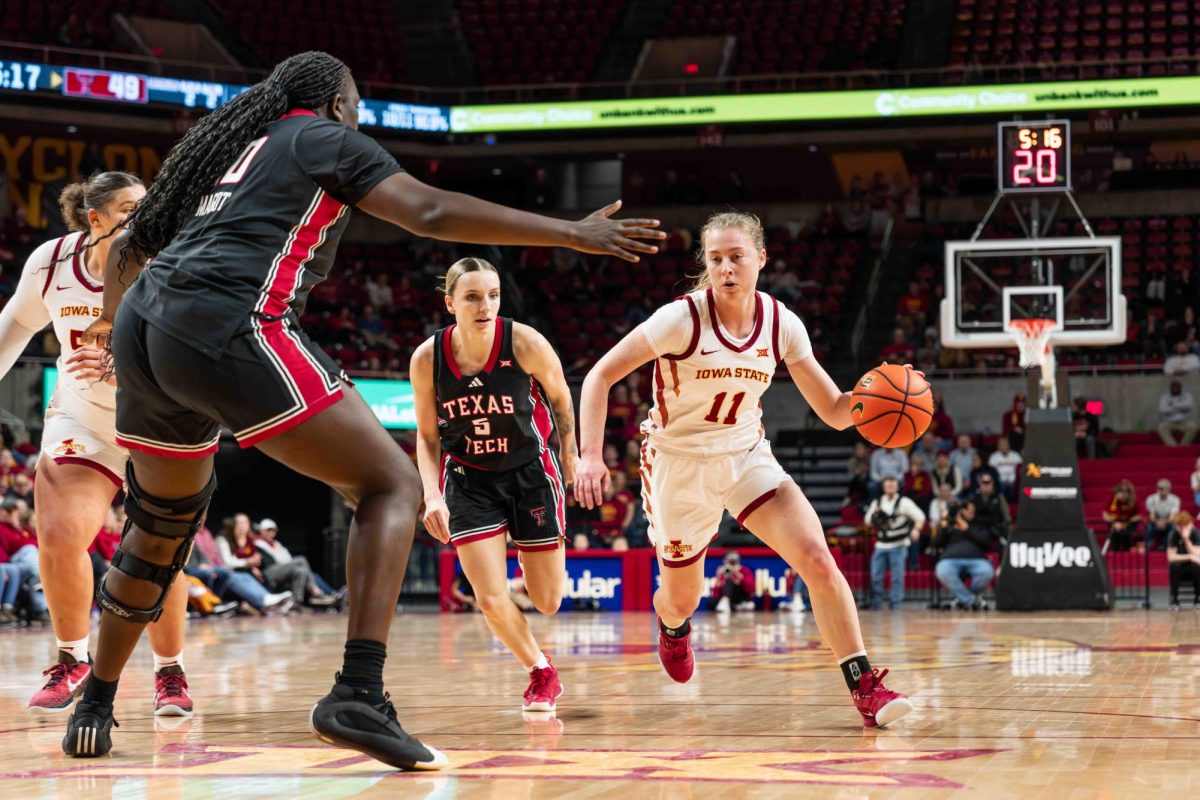What is Veishea really all about
June 9, 1997
As an ISU graduate, I have been following the recent “what to do about Veishea” discussions with interest. I attended my first Veishea when I was about 10 years old. My aunt and uncle, who live in Ames, proudly proclaimed, “it’s the largest student-run celebration in the nation.” Neat. I couldn’t wait to become an ISU student and be a part of it all. But my freshman year, I was pretty disappointed when I realized what that statement really meant— “It’s the largest Greek student-run celebration in the nation.” There really wasn’t much for us dorm-dwellers to do. Except drink. In fact, many went home for the weekend saying Veishea was “just for Greeks and tourists.” Yes, there were oppportunities to be involved in the academic displays, which shut down long before dusk, when the real Veishea began.
I did apply and interview to be on Veishea committees, but was not inviled to join. Apparently my resume that included dorm floor president, Residence Hall Week committee and Student Alumni Association committee member just didn’t cut it. Or perhaps I just didn’t have enough Greek friends. Nevertheless, I never really felt that I had anything to offer Veishea, or it to me—except the great parties.
I have noticed that residence hall associations participate in the parade now, but friends in Ames tell me that things really haven’t changed much—Veishea really is still a Greek celebration.
Iowa State has one of the strongest Greek systems in the country. And that is something to be proud of. But it also has a very strong residence hall system, and a vibrant off-campus contingent. If Veishea is going to continue to call itself the “largest student-run celebration in the nation,” then make it truly an all-student celebration. Then maybe the majority of the students will claim some ownership of the weekend, and find more healthy and productive things to do than drink.
Barbara Hall Palar
ISUAlum
J LMC 1981






